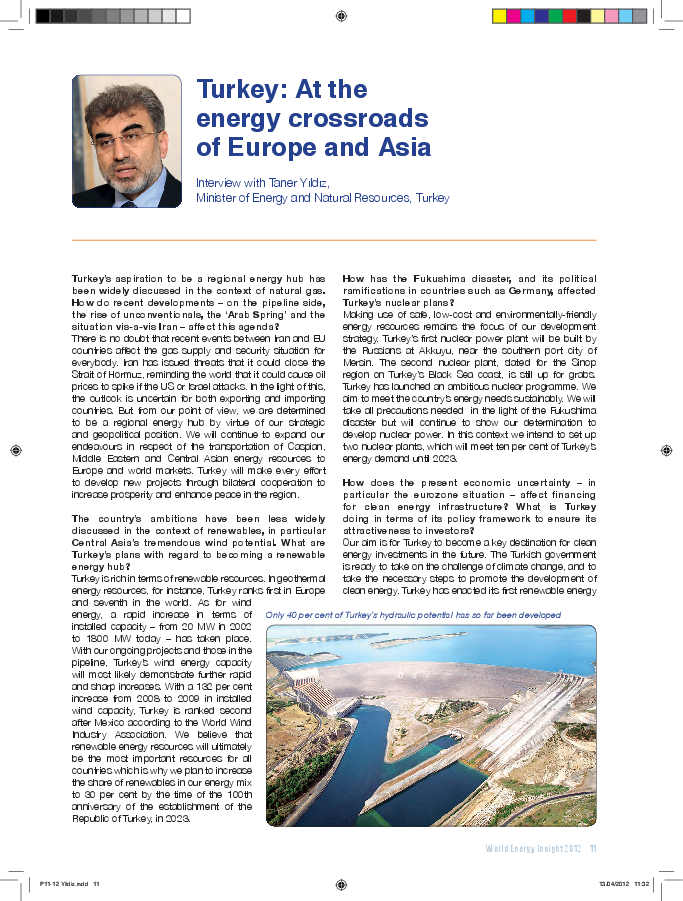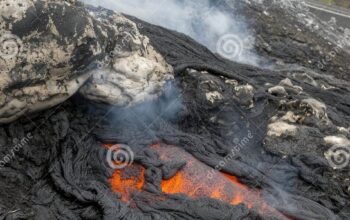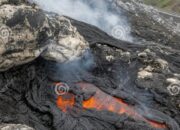As the sun rises on the geopolitical canvas of Europe, it illuminates a landscape where the amalgamation of energy resources, political strategies, and ecological imperatives intertwine, establishing the notion that Europe stands at a pivotal crossroads. This intricate confluence of circumstances beckons both opportunities and challenges, emphasizing the critical role that energy plays in shaping the continent’s socioeconomic framework. To navigate this complex terrain requires an understanding of the dynamic relationships among traditional fossil fuels, renewable energy sources, and emerging technological innovations.
At the heart of this discourse is Europe’s dependency on energy imports, a prevailing reality that has created a sense of vulnerability. The reliance on external energy supplies often resembles a delicate dance above a threshold of geopolitical intricacies. With major suppliers strategically positioning their influence, the fluctuating winds of international relations add layers of complexity to an already multifaceted scenario. Nations such as Russia, the Middle Eastern states, and even North Africa have been central players, their roles akin to pivotal chess pieces maneuvering across a grandboard, with Europe as both a contender and a spectator.
Nevertheless, the call for energy diversification resonates across the continent. Each nation feels the urgency to reduce its vulnerability to external shocks, much like a ship seeking alternative routes amidst turbulent seas. For instance, countries are not only revisiting their natural gas sources but also investing heavily in renewable energy infrastructures—wind, solar, and hydroelectric potential burgeon like a verdant forest reclaiming land stripped bare. Wind turbines, for instance, have risen along coastlines and inland territories alike, transforming the aesthetic appeal of landscapes and underscoring the commitment to sustainable practices.
An essential factor of this narrative concerns the European Union’s ambitious Green Deal, outlining an unequivocal trajectory toward carbon neutrality. This bold initiative epitomizes Europe’s dedication to combating climate change, positioning environmental stewardship alongside economic imperatives. The metaphor of Europe as a phoenix rising from the ashes becomes particularly poignant, as it transitions from fossil fuel dependency toward greener alternatives. Within the cosmic dance of carbon emissions and renewable innovations, Europe envisions an equilibrium that aligns ecological viability with energy independence.
However, the transition is not devoid of intricacies. The intermittency of renewable energy sources poses a significant conundrum, akin to a painter struggling to blend colors on a palette. Solar and wind energies, while abundant, often fluctuate in alignment with nature’s rhythms. Therefore, advancements in energy storage technologies, such as battery systems and innovative grid solutions, have become paramount. These innovations serve as the integral glue, holding together the disjointed puzzle of energy generation and consumption, propelling Europe into a future where availability is matched by reliability.
The dialogue surrounding nuclear energy further complicates this discourse. Traditionally contentious, nuclear power presents a duality of possibilities; it is both a powerful ally in the fight against carbon emissions and a source of palpable public apprehension. Citing security concerns and historical accidents, some populations resist burying their trust in nuclear facilities. Yet, as scientific advancements yield safer technologies and more efficient reactors, the possibility of nuclear energy resurfacing as a stabilizing force becomes more feasible. Thus emerges the metaphor of a dormant volcano, capable of awakening with the right conditions, promising both profound energy contributions and potential peril.
Another critical element of Europe’s energy crossroads is its commitment to technological innovation. The rise of smart grids, blockchain technology, and artificial intelligence in energy management exemplifies a transformative approach. These advancements foster a proactive energy model that accommodates consumer engagement and optimizes energy usage. The idea of the ‘smart home’ emerges not merely as a trend but as a necessity, where consumers actively participate in energy markets, akin to dancers in an intricate ballet, each move intentional and calculated, contributing to the harmony of the larger system.
Simultaneously, there exists an imperative for international collaboration, transcending borders in a bid to forge a more resilient energy network. Initiatives such as the European Energy Union signify a concerted effort to unify disparate energy policies under one umbrella. This collaboration is not merely a bureaucratic exercise; rather, it is a strategic endeavor that recognizes energy as a communal lifeblood, flowing through the veins of interconnected nations. The metaphor of a tightly knit tapestry of nations, each thread vital to the overall structure, encapsulates the essence of this endeavor.
In examining implications for the global context, it becomes evident that Europe’s choices resonate far beyond its borders. As the continent grapples with its energy identity, non-European countries are undoubtedly watching, eager to draw lessons from the trials and tribulations encountered along this transformative journey. In this sense, Europe’s crossroads are not only a matter of regional concern but a beacon of guidance—a reflection of both aspirations and cautionary tales pertinent to global energy discourse.
As Europe navigates its energy crossroads, the interplay between traditional resources and innovations foreshadows a reshaped landscape where resilience is sculpted by decision-making in realms both expected and unforeseen. The distance from rhetoric to reality is often fraught with turbulence; however, this journey is inextricably linked to the larger narrative of climate resilience, economic viability, and social equity. Ultimately, the path forward is not merely a matter of energy procurement, but a quest for sustainability, equity, and shared prosperity, where Europe can emerge as a pioneering exemplar amid the increasingly intricate global tapestry of energy dynamics.












